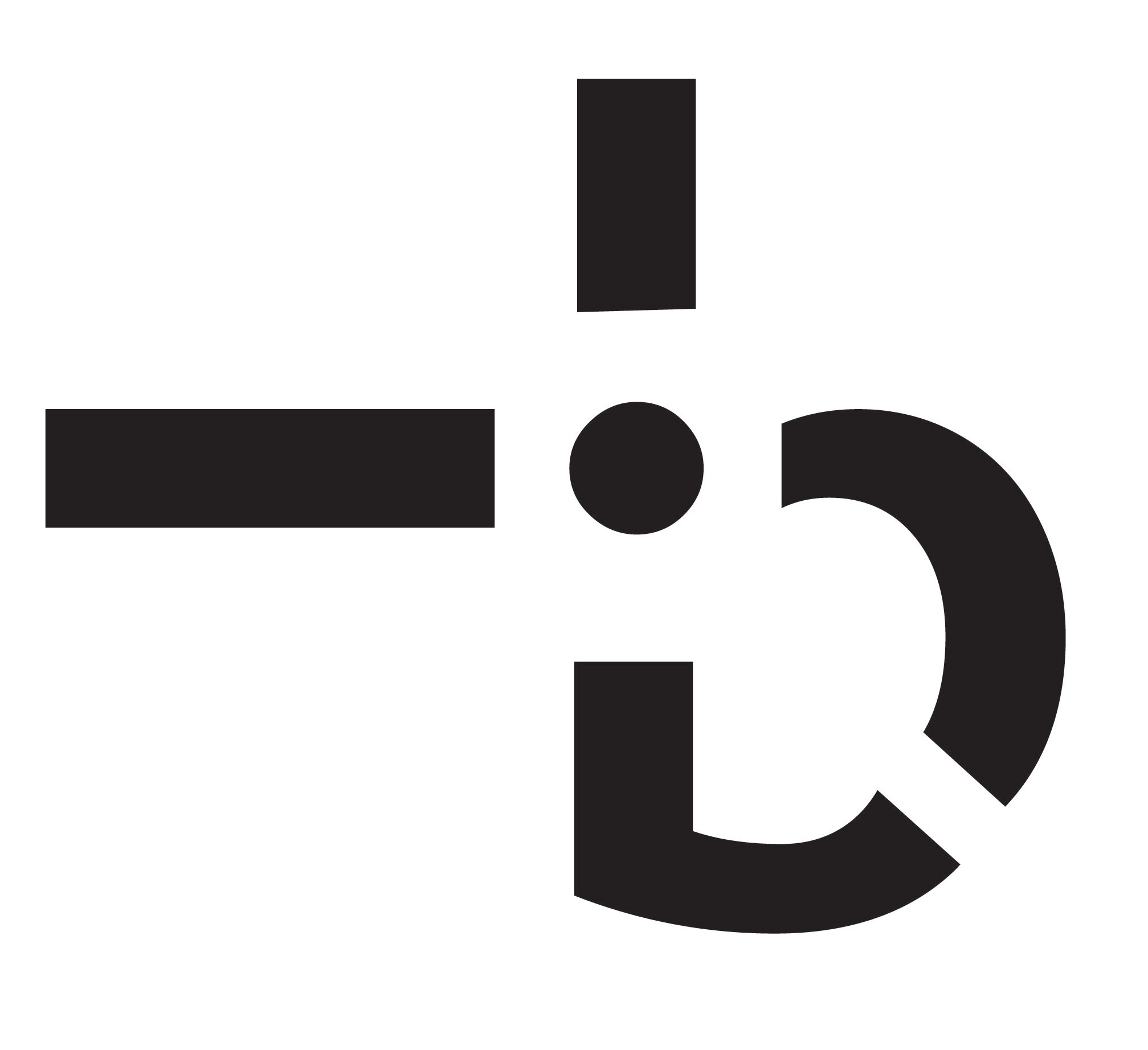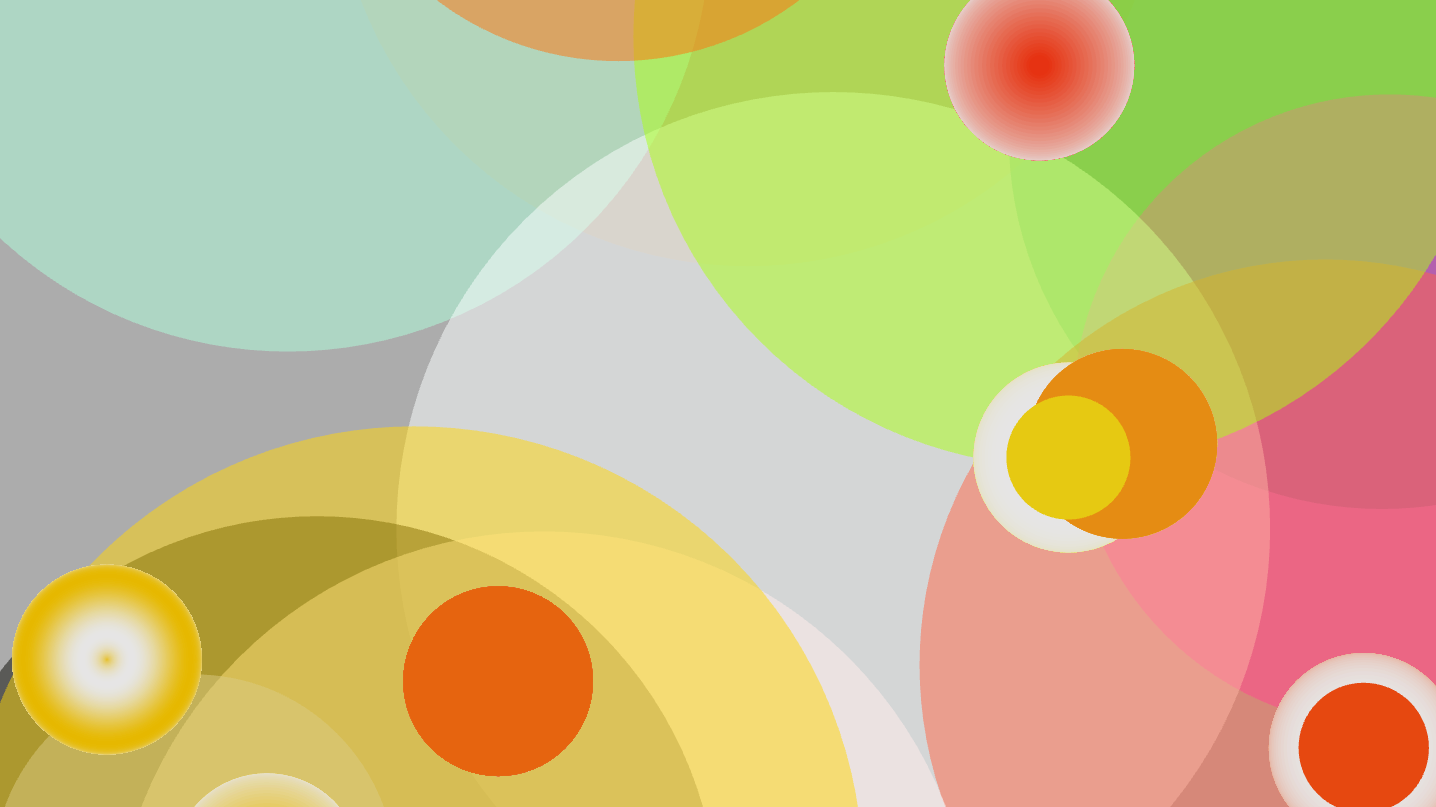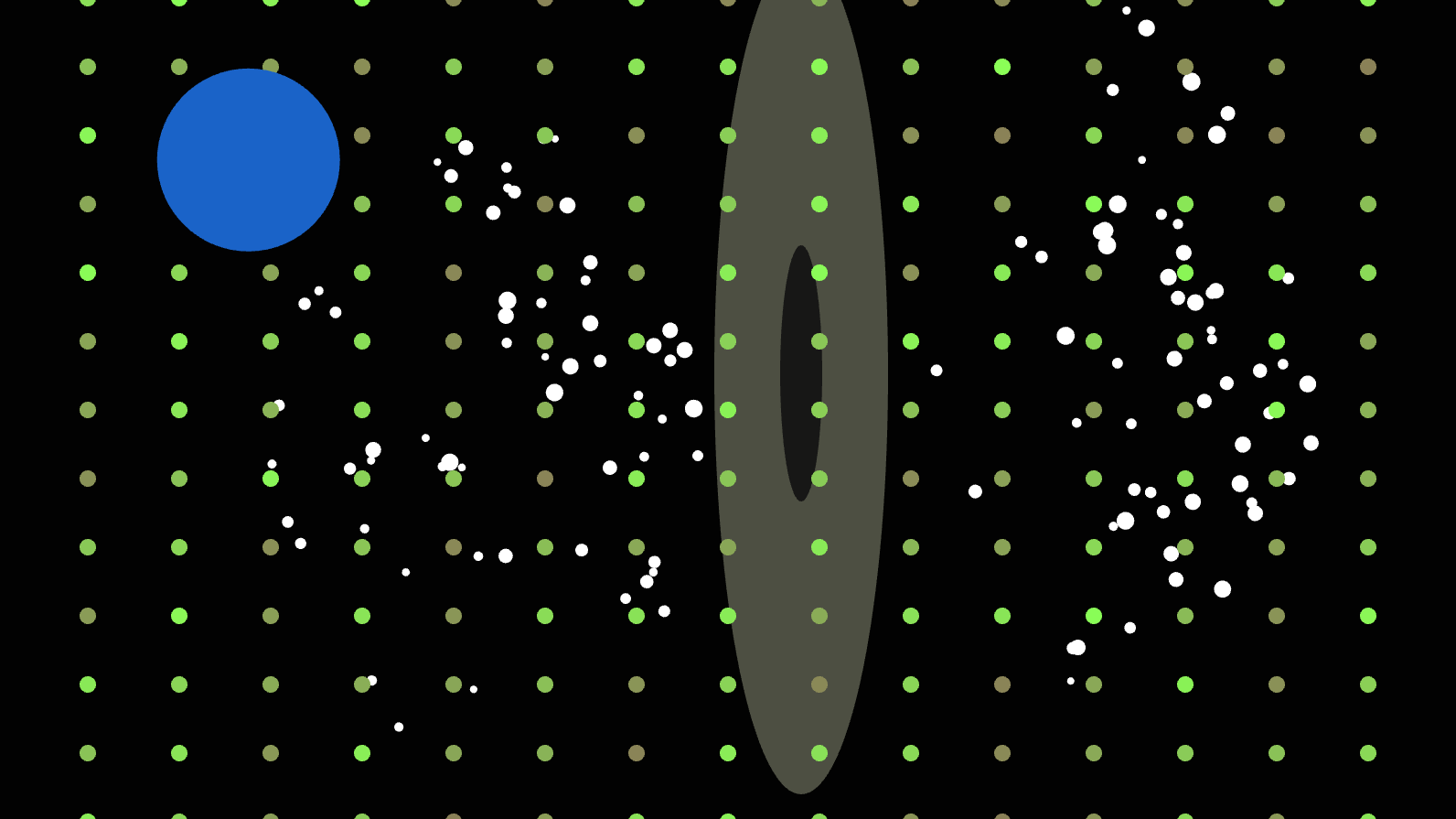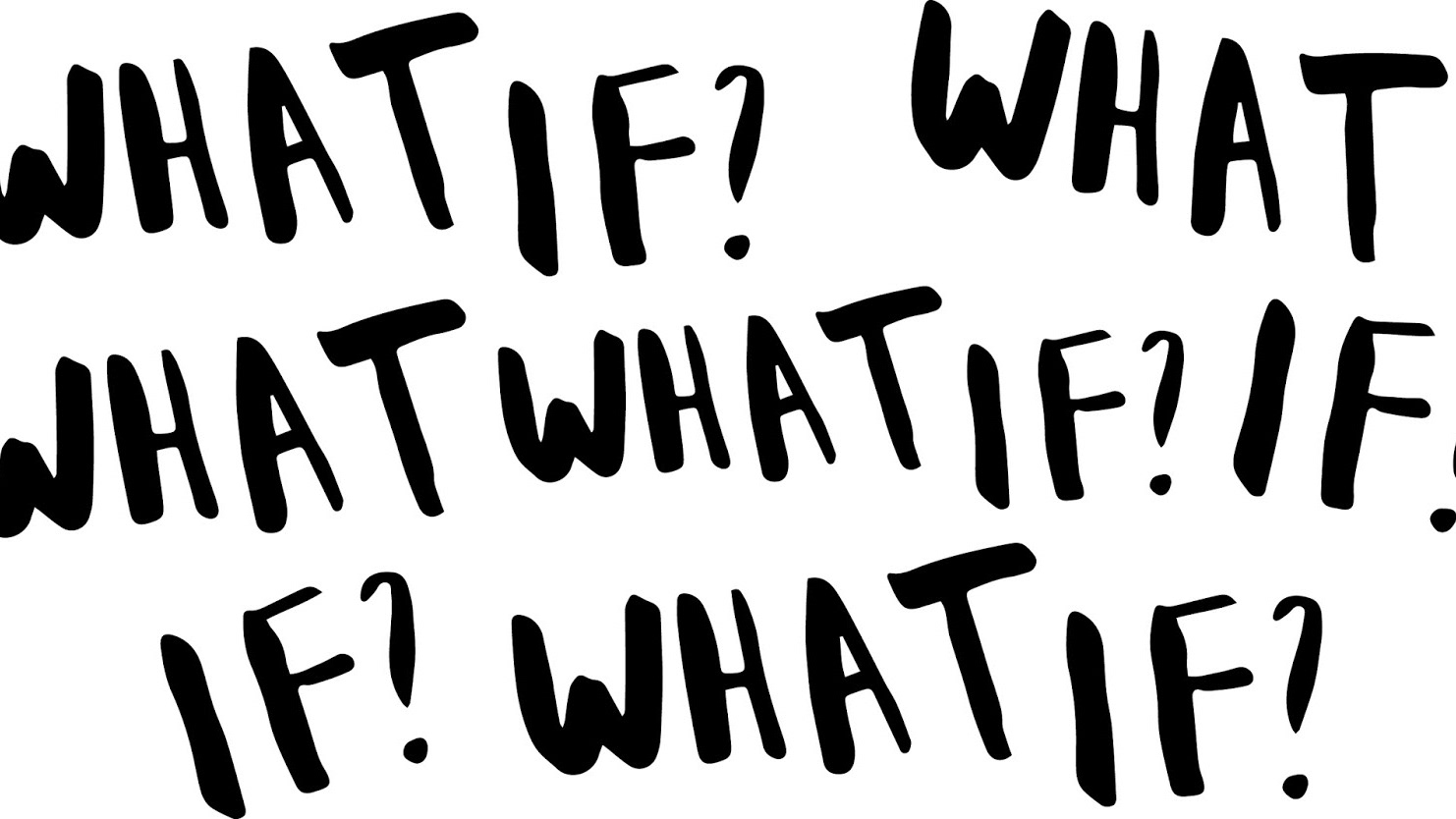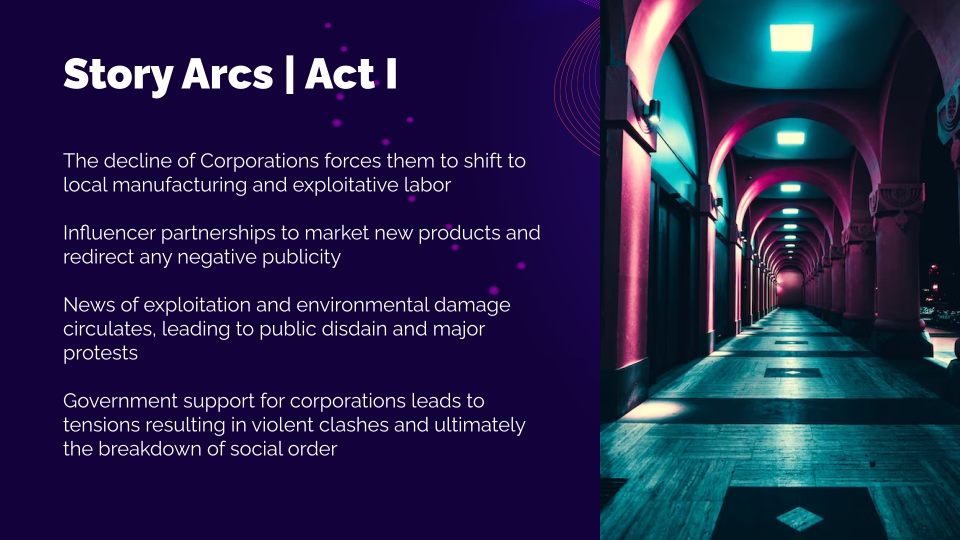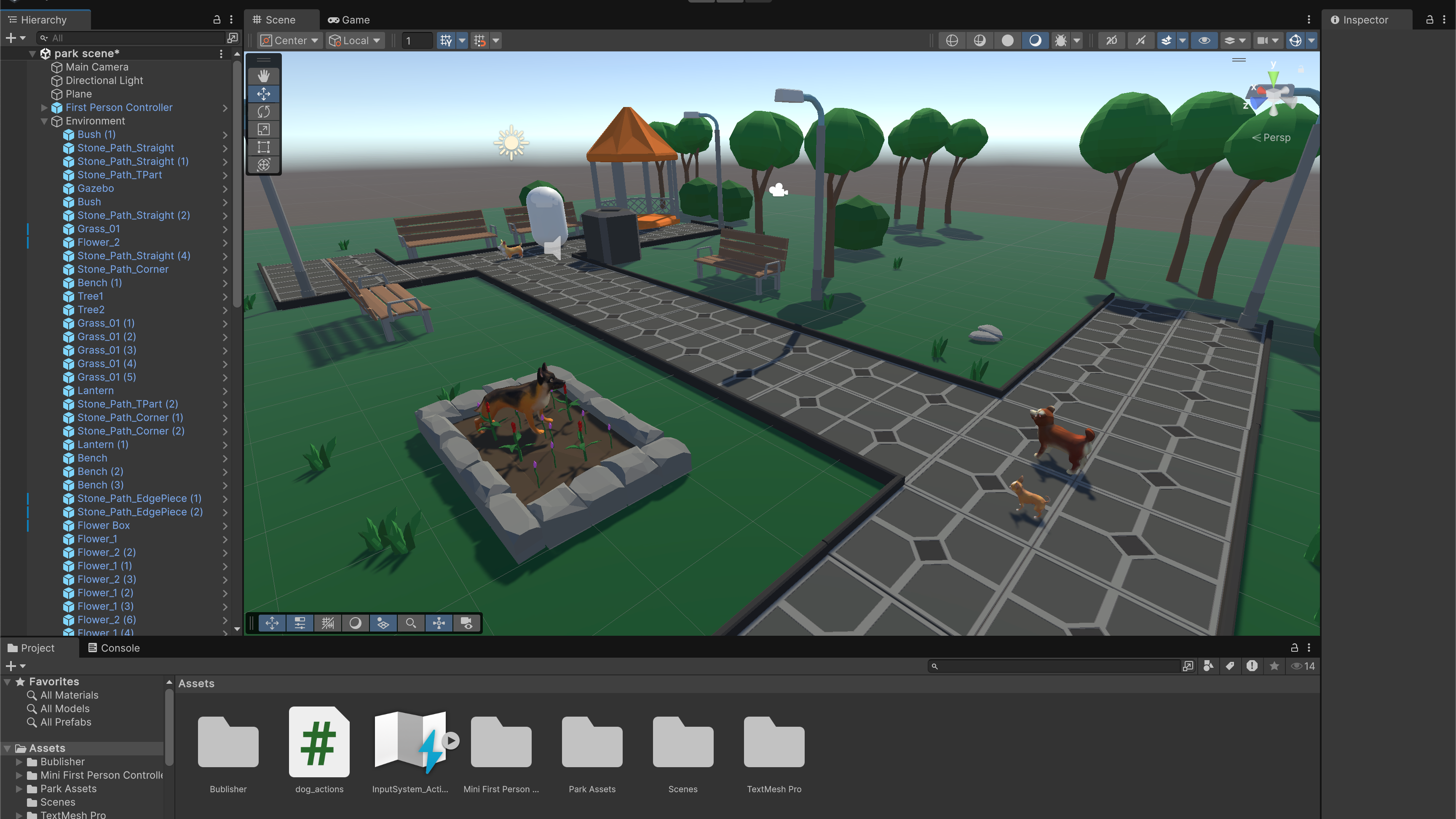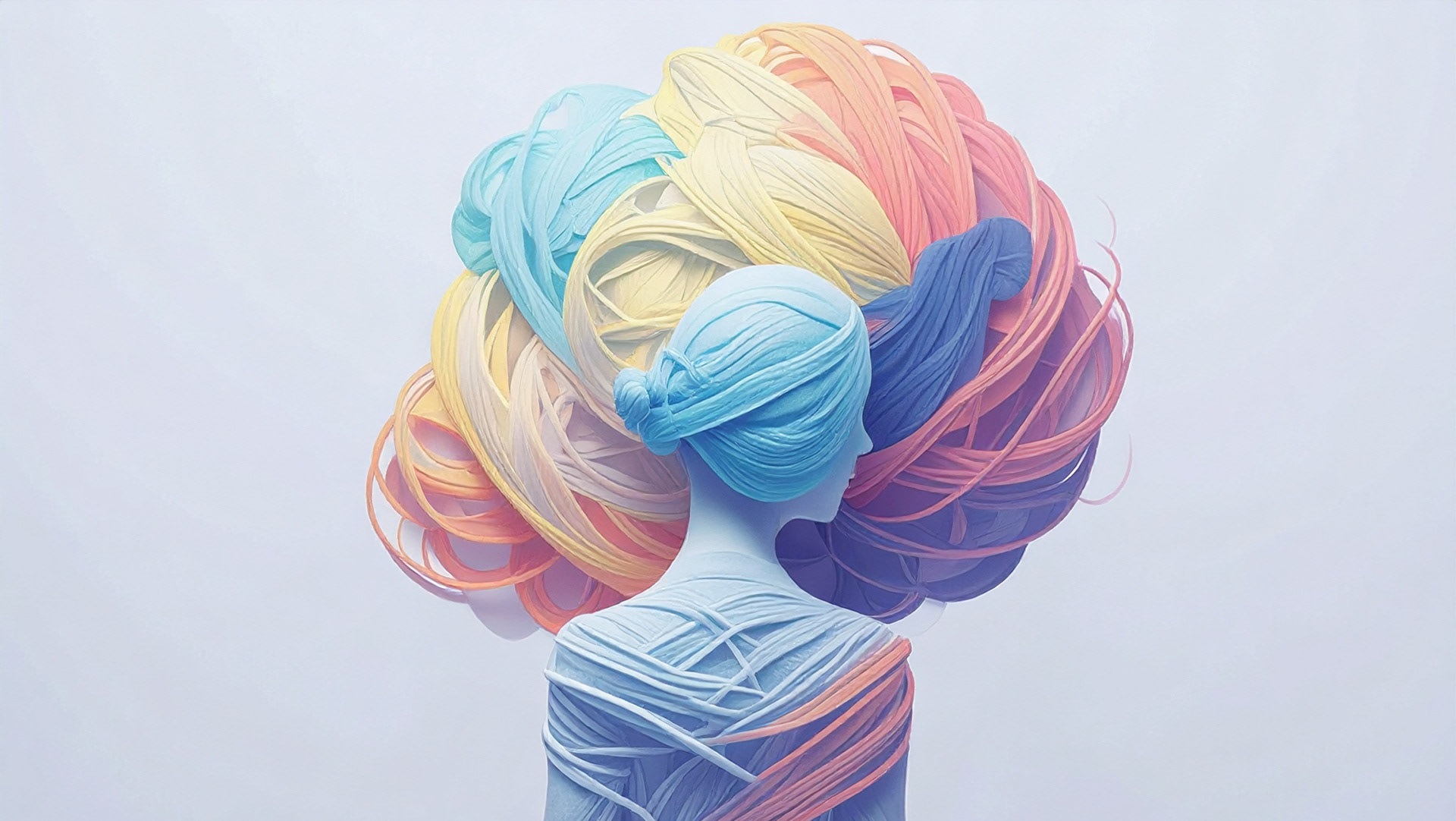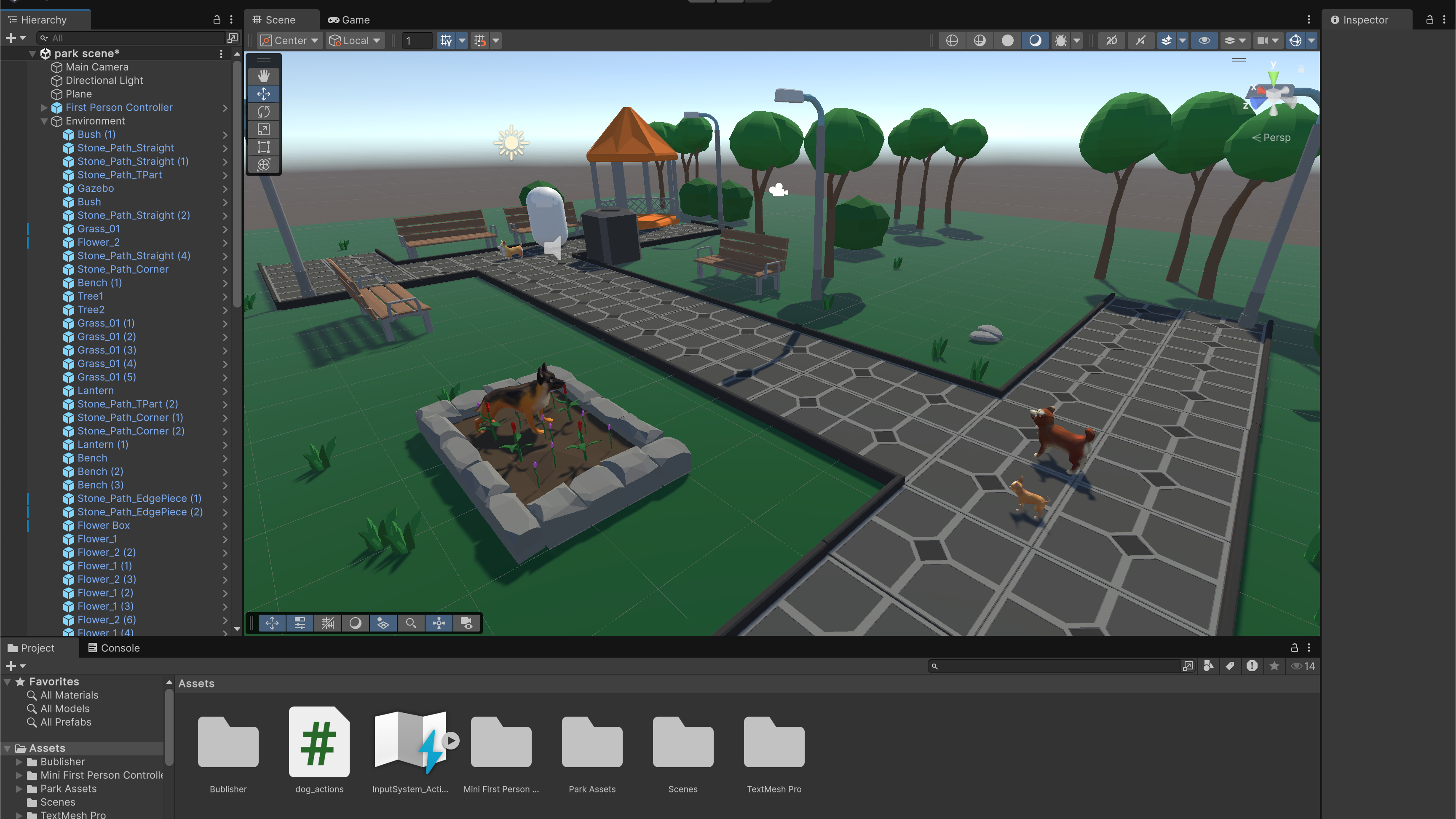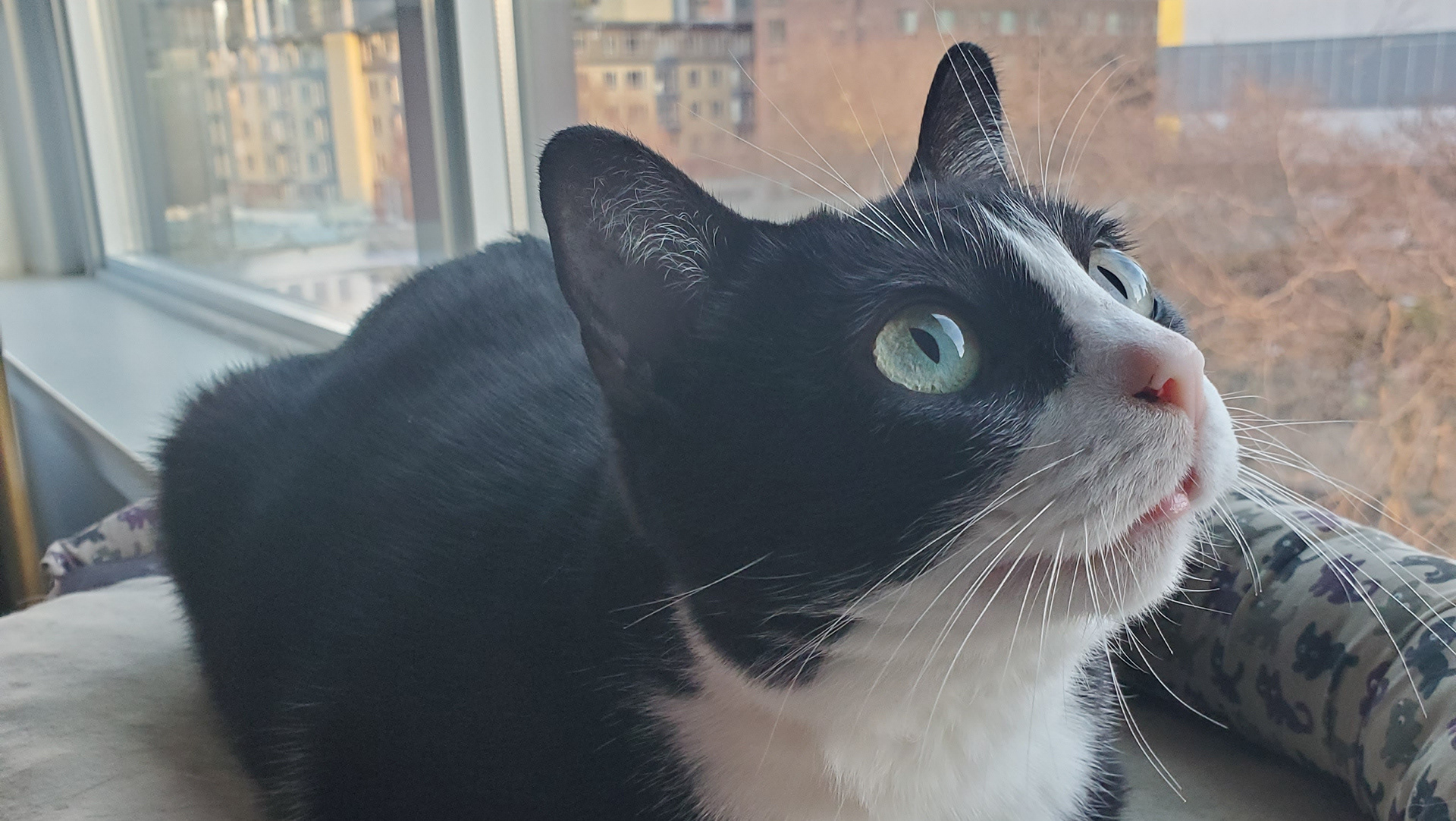My Main Takeaway
When methods of exploring aesthetic interactions are actually put into practice, they are able to help generate ideas as to how a design can be executed given the kinds of behaviors this person has regardless of how silly the scenarios may seem. These methods are meant to unleash the fun and experimental side of design and allow one to just let ideas flow as scenarios develop that simultaneously reveal the assumptions that we have from certain types of characters.


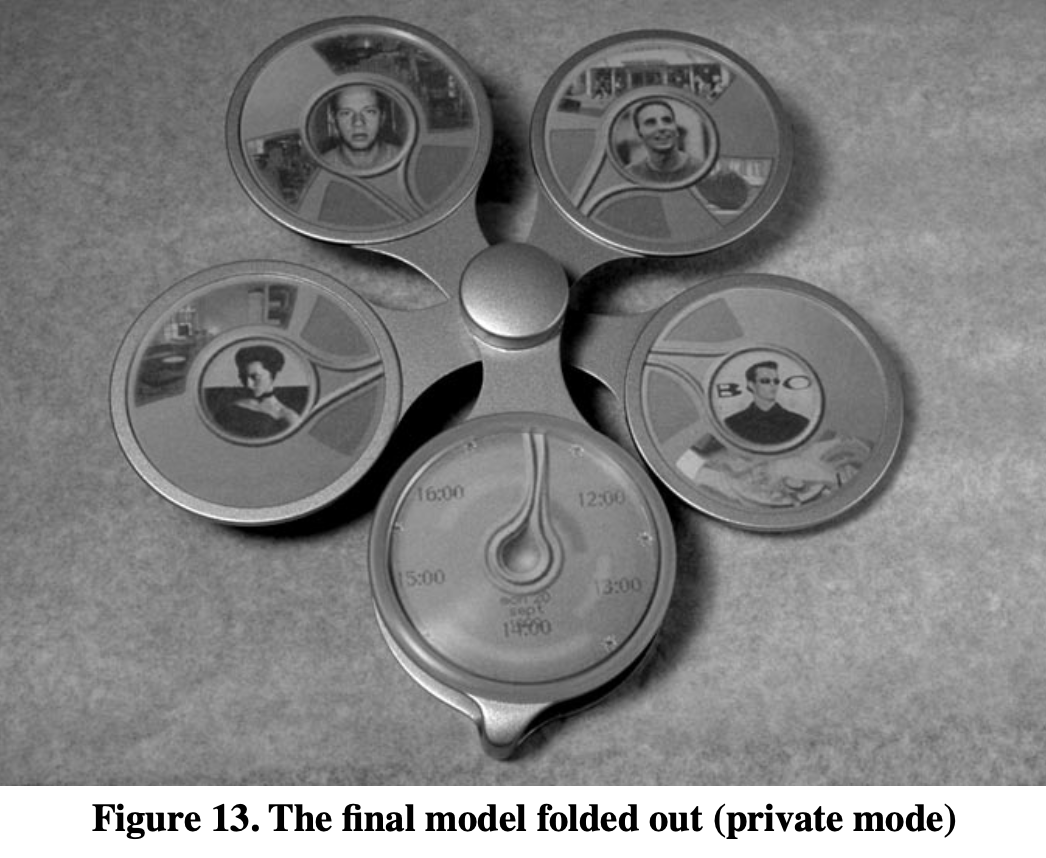
“Designs for the twenty-year old were the least stereotypical, both in appearance and in interaction.”
The fact that D.W. Frens chose to develop a polyandrous 20 year old character and move forward with the “appointment fan” is actually ironic in how stereotypical it actually is. The images of the prototype and the final models (Figures 11, 12, and 13 provided) actually resemble the small compact mirrors and “typical” makeup packaging. It is very interesting to develop the ideas/products that these particular characters could also interact with in their everyday lives. To some degree, I can’t help but feel like there might be some kind of stereotype that went into coming up with this design as Frens may have thought about what women would use.
“By taking characters that are extremes, character traits can be exposed which, though common, remain hidden because they are antisocial or in conflict with a person’s status."
Extreme characters help to think about the other kinds of issues people may face, as these are not conventional, while also expanding our views outside of what the product was originally designed for or intended to do. I think this can also make someone try to get into the mind of someone who is not typically thought of or may be difficult to get insight from maybe due to a person’s social anxiety or whatever their own personal reason. Although this kind of approach can be helpful, I’m wondering if this could potentially open the possibility of creating fake characters that later becomes unrealistic to the actual design. Despite this, I think this is such a fun method of exploring and just allows one to experiment with something completely different and new.
“Interaction relabelling tries to open up the spectrum of actions that can be used. It makes us aware of the richness of actions present in mechanical artifacts, which is absent in the controls of electronic products.”
Interaction relabelling seems like trying to make connections between the tangible objects and things that would live in the digital world. Being able to look at how the mechanics work for something can make a person think about ways to connect certain movements or actions that may not be as prominent. The digital platform can be a bit restricting in what can be done, however, when you look at actual mechanics of objects or even gestures people make, I think this opens up more possibilities of how we can move forward with innovative design along with implementation.
